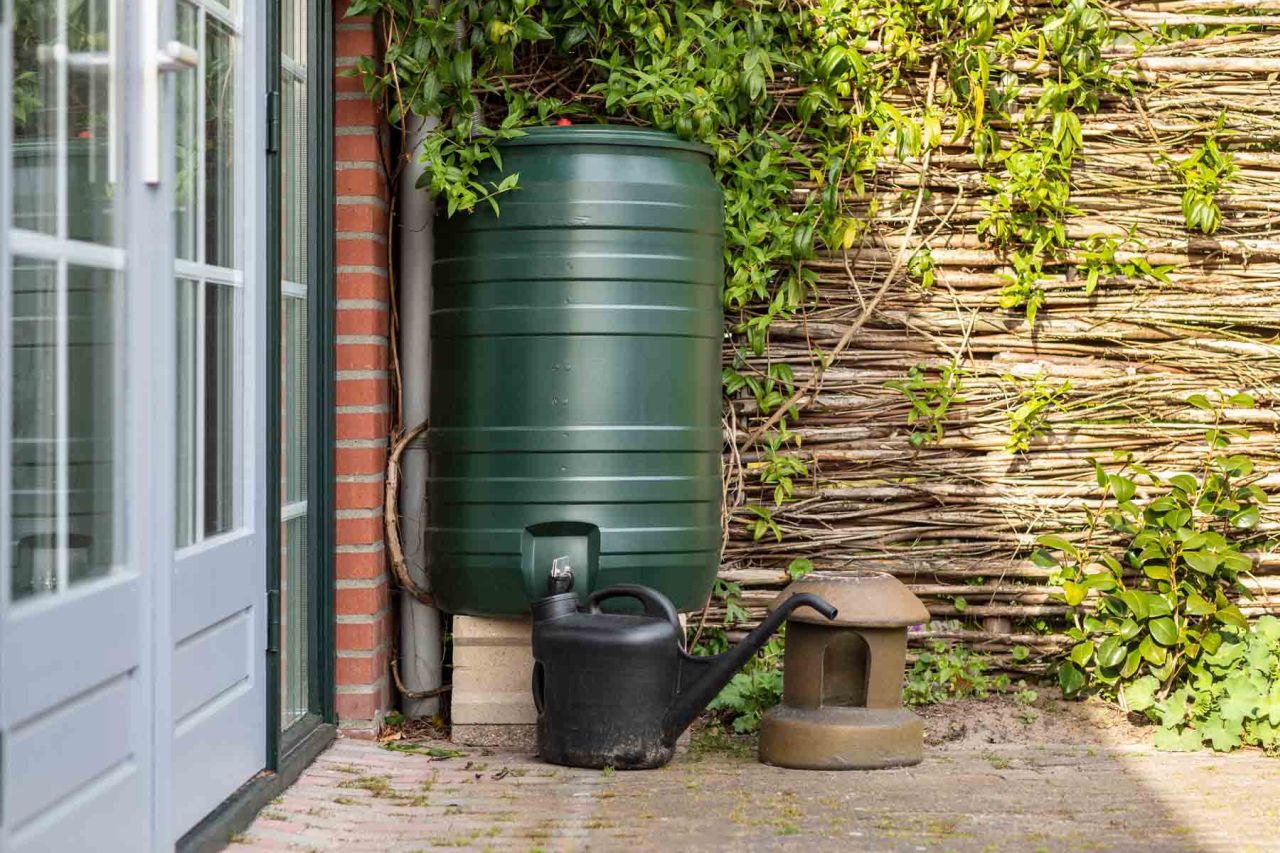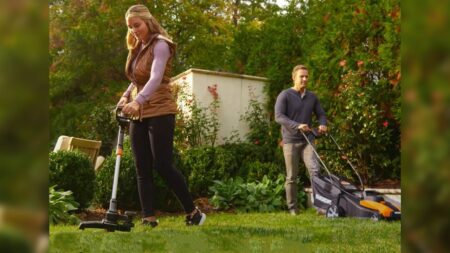As climate patterns grow increasingly unpredictable and water restrictions become more common, savvy gardeners are turning to rainwater harvesting to keep their gardens green and resilient. Not only does collecting rainwater reduce your reliance on mains water, but it also promotes sustainability and helps lower utility bills. Whether you have a small urban patch or a spacious backyard, here’s how to maximize rainwater harvesting in your garden to make the most of every drop from sky to soil.
Why Rainwater Harvesting is Important?
Rainwater is naturally soft, free of chlorine, and ideal for plants. It’s a renewable resource that often goes to waste, draining into sewers or flooding paved areas. By capturing and storing it, you can create an independent water source for irrigation, cleaning, or even topping up ponds.
In areas prone to hosepipe bans or dry summers, rainwater harvesting becomes more than a sustainable choice, it’s a practical necessity. With a few smart installations, your garden can flourish year-round, even in times of drought.

Setting up Rainwater Harvesting System
First of all, you need to ask yourself a question: why is there a need to harvest rainwater? As you can see, during heavy monsoon, most of the rainwater goes to waste, when it can be stored and preserved, and filtered to be used for many things. A basic system can start with something as simple as a water butt connected to your roof’s downpipe.
However, for larger gardens or more frequent use, consider installing multiple storage tanks, underground cisterns, or linked barrels to increase capacity. Rainwater harvesting doesn’t cost much and is simpler in many ways. With little determination, and by following these steps, it can be done.


The key components of a successful system include:
- Gutters and filters to collect and clean the rainwater
- Storage tanks or barrels to hold the collected water
- A pump system to move water where it’s needed, whether to sprinklers, hoses, or drip irrigation
Catchment Area Assessment
You need to know where you can start with storing rainwater. The most common and cleanest place to collect rainwater is the rooftop. But you have to ensure that your rooftop channels are clean of dust and debris. In order to prevent the rooftop from getting dirty, you can install mesh filters to stop leaves and dust from invading the pipes.
Rainwater System Installation
For mindful water collection, you have to install an appropriate rainwater system. It only happens when you connect the exit pipes on the rooftop, through which rainwater will travel, to the existing harvesting system, such as tanks, drums, or you can simply let it spread gradually to the harvesting ground. Though there are other components of the collection system, using exit pipes is the most reliable.
Choose Your Harvesting Method
You can do a lot with collected rainwater; the possibilities are endless. You can store water for many household chores, such as cleaning, gardening, flushing, and even cooking, but only if the water is filtered and treated well. If storage isn’t what you like, then you can use it to recharge your borewell or well.
Don’t Forget to Filter the Water
Filtering rainwater should be your top priority. Not just for drinking, rainwater must be filtered out, otherwise. If you don’t do so, unfiltered rainwater can clog pipes or contaminate recharged pits. There are many DIY filter techniques available, which include adding pebbles as a bottom layer, coarse sand as a middle layer, and activated charcoal as a top layer.

Maintain and Monitor it Regularly
Some basic things that need to be taken care of include cleaning of your rooftop every season, first rainwater must be discarded, cleaning of pipes and filters after every downpour, and keeping leaks, blockages, and algae growth in the tanks in check. To note, you must check the amount of water you are collecting to help gain clarity of the impact and how much you are saving on water bills.
This brings us to one of the most important decisions in any setup: choosing which garden pump suits your needs. Factors such as garden size, water pressure requirements, and tank placement will determine the ideal type. Submersible pumps are excellent for underground storage, while surface-mounted pumps are often preferred for above-ground systems.
Maximizing Efficiency: Smart Irrigation Techniques
Collecting rainwater is just the first step; using it efficiently is equally vital. Traditional watering methods can be wasteful, so incorporating modern irrigation techniques helps stretch your supply further.
Drip irrigation systems, for example, deliver water directly to the base of plants, reducing evaporation and runoff. Soaker hoses are another low-pressure option that works well with harvested water and minimizes splash, protecting foliage.
Automated systems can also be installed with timers or moisture sensors, ensuring your garden only receives water when it truly needs it. When paired with rainwater harvesting, these technologies provide an eco-friendly, low-maintenance solution to garden care.
Long-Term Benefits for You and the Planet
Beyond immediate water savings, rainwater harvesting supports long-term environmental goals. Reducing dependency on treated mains water decreases energy consumption and mitigates the environmental impact of water treatment facilities. It also helps manage stormwater runoff, lowering the risk of urban flooding.
On a personal level, investing in such a system may increase property value, appeal to eco-conscious buyers, and give you greater control over your water usage, especially during dry spells or in regions with unpredictable rainfall.
Harvesting rainwater isn’t just a trend, it’s a sustainable strategy that blends environmental responsibility with practical gardening needs. Whether you’re just starting with a simple barrel or considering a full system with integrated irrigation, knowing which garden pump to choose is a crucial step in building an efficient and resilient setup. From rain to roots, every drop counts, and your garden will thank you for it.
FAQs About Rainwater Harvesting in the Garden
Q. What is the main point of rainwater harvesting?
A. Rainwater collection reduces the probability of soil erosion and flood hazards, as it reduces the flow of stormwater, preventing flooding of roads. It is also useful in meeting the growing water demands, which helps tackle the issue of water scarcity.
Q. How can we recharge water resources?
A. There are many artificial recharge options available, such as recharge ponds and injection wells. Recharge ponds help water to gradually seep through the soil and into the aquifer under the ground. On the other hand, injection wells utilize artificial pressure created from the columns of water, pushing the water into the ground.
Q. What materials are used in rainwater harvesting?
A. Common materials employed in a rainwater harvesting system include reinforced cement concrete, ferrocement, masonry, plastic, and metal sheets. Depending on the space availability, these tanks can be constructed above the ground, partially underground, or fully underground.
Q. What is the first flush in rainwater harvesting?
A. In rainwater harvesting terms, a first flush diverter device is an add-on accessory used to encourage a cleaner rainwater harvest. They are simple by design and are designed to collect and discard a select amount of the first rainfall as waste.
Follow Homecrux on Google News!




